
symaski62
-
Compteur de contenus
1 060 -
Inscription
-
Dernière visite
-
Last Connexion
Soon available - 43423
Messages posté(e)s par symaski62
-
-
05 55 10.30536 +07 24 25.4304 (Optical)
AAVSO 0549+07 et HIP 27989
-
3
-
-
-
WOW ! TIC 185336364 Sector 15
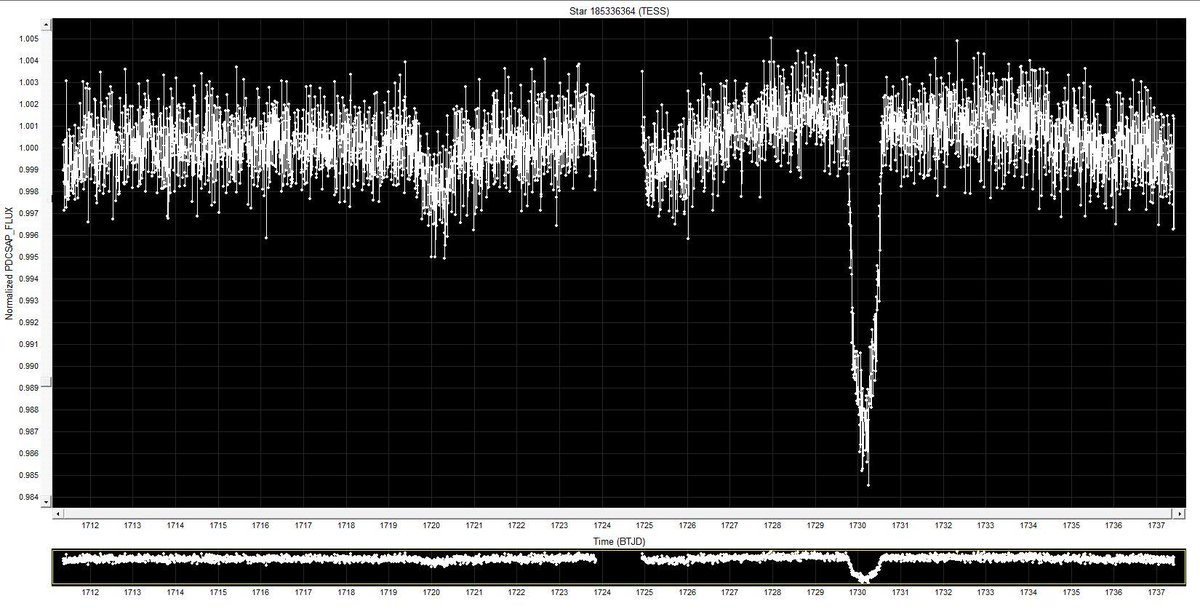
-
2
-
-
C/2019 Q4 (Borisov) = 2I/Borisov
https://www.projectpluto.com/temp/gb00234.htm
q 2.008367322 +/- 0.00303
e 3.36398165 +/- 0.0139
461 of 577 observations 2019 Aug. 30-Sept. 24; mean residual 0".550
https://ssd.jpl.nasa.gov/sbdb.cgi?sstr=C%2F2019 Q4;old=0;orb=1;cov=0;log=0;cad=0#orb
q 1.99717336375388
e 3.314321521681457
first obs. used 2019-08-30, last obs. used 2019-09-27
http://www.minorplanetcenter.net/db_search/show_object?utf8=✓&object_id=C%2F2019+Q4
eccentricity 3.3835756
perihelion distance (AU) 2.0126273
574 total observations over interval: 2019 08 30.04398 – 2019 09 24.14251
loin eccentricity 3.31 à 3.38 🤔 moyen 3.345
-
-
-
(mise à jour)
MPC (IAU)
447 total observations over interval: 2019 08 30.04398 – 2019 09 20.166194
eccentricity 3.3892848
perihelion distance (AU) 2.0140361
-----------------------------------
JPL
first obs. used 2019-08-30
last obs. used 2019-09-20
eccentricity 3.445224326645891
perihelion distance (AU) 2.027619646107458
----------------------------------
moyen
eccentricity 3.41
perihelion distance (AU) 2.0205
-
 1
1
-
-
TIC 185336364 Sector 14

-
1
-
-
mise à jour
IAU MPC
305 total observations over interval: 2019 08 30.04398 – 2019 09 16.18422
eccentricity 3.4315836
perihelion distance (AU) 2.0244417
-------------------------
JPL
first obs. used 2019-08-30
last obs. used 2019-09-16
eccentricity 3.671315408428195
perihelion distance (AU) 2.078691392377223
-
 1
1
-
-
mise à jour
M1= 6. M2= n.a. k1= 6. k2= n.a. PHCOF= n.a.
m1 = 1.0 + 5 log d + 10.0 log r (bleu) => total
m1 = 6 + 5 log d + 6 log r (rouge) => noyau
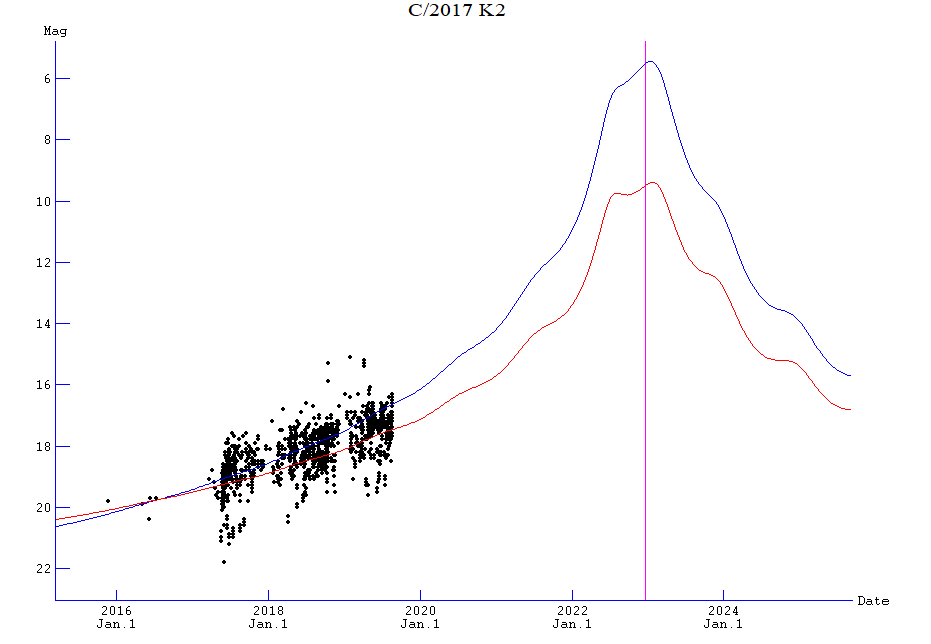
-
1
-
-
https://www.projectpluto.com/temp/gb00234.htm
OOOF calculer simulation ?
Orbital elements: C/2019 Q4 Perihelion 2019 Dec 7.523918 +/- 0.49 TT = 12:34:26 (JD 2458825.023918) Epoch 2019 Sep 13.0 TT = JDT 2458739.5 Ju: 0.8486 Gray q 2.0497402180 +/- 0.0209 (J2000 ecliptic) M(N) 10.6 K 10.0 Peri. 208.1472783 +/- 0.43 Node 308.5238180 +/- 0.18 e 3.538778351 +/- 0.0973 Incl. 43.6690557 +/- 0.18 204 of 226 observations 2019 Aug. 30-Sept. 13; mean residual 0".566 -
http://www.minorplanetcenter.net/db_search/show_object?utf8=✓&object_id=C%2F2019+Q4
Citation226 total observations over interval: 2019 08 30.04398 – 2019 09 13.42520
eccentricity => 3.2078726
perihelion distance (AU) => 1.9715486
https://ssd.jpl.nasa.gov/sbdb.cgi?sstr=C%2F2019 Q4;old=0;orb=1;cov=0;log=0;cad=0#orb
Citationfirst obs. used 2019-08-30
last obs. used 2019-09-13
eccentricity => 3.70429496893662
perihelion distance (AU) => 2.08596458569878
calculer simulation ? IAU vs JPL
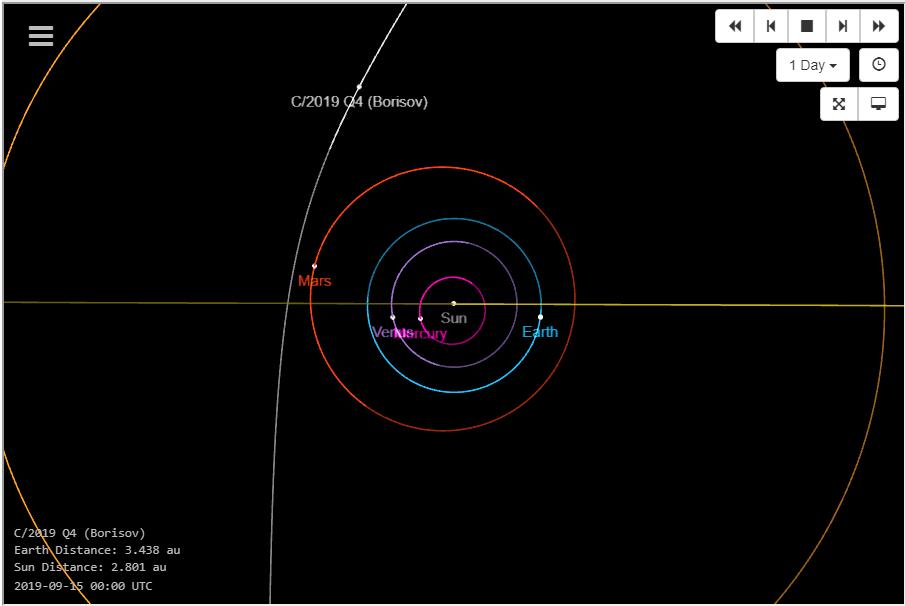
-
-
https://arxiv.org/abs/1908.10286
A Dearth of Small Members in the Haumea Family Revealed by the OSSOS Survey
2013 UQ15
-
 1
1
-
-
https://arxiv.org/abs/1907.10077
Active asteroid (6478) Gault: a blue Q-type surface below the dust ?
quoi ?
-
https://www.aavso.org/aavso-alert-notice-672
TIC 185336364 => KIC 8462852 (Tabby's Star)
https://exofop.ipac.caltech.edu/tess/target.php?id=185336364
-
4
-
-
-
https://arxiv.org/abs/1906.10195
We also found a rotational period Prot = 3.360+-0.005 h and show evidence that 6478 might be double.
-
 1
1
-
-
pardon jamais vu Teegarden’s Star
https://arxiv.org/pdf/1906.07196.pdf
However, even if RVs turn out to be much more sensitive to stellar variability and one period is connected to stellar rotation, then at least the other signal should be a planet. Period ratios of 2:1 can be caused by the harmonics of stellar rotation (but also eccentric and resonant planets). However, the period ratio is Pc/Pb = 2.32, which is close to but noticeably different from 2:1. Such a discrepancy is hard to explain even with differential rotation, while departures from exact 2:1 ratios are often observed in exoplanet systems
2:1 Résonance orbitale à 2 planètes confirme

-
2
-
-
nom : Teegarden's 12 light years = 3.831 (± 0.004) pc
2 planètes !
http://exoplanet.eu/catalog/teegarden's_b/ => 5 jours
http://exoplanet.eu/catalog/teegarden's_c/ => 11.4 jours
wow !
-
2
-
-
-
-
je regarde l'étoile, Les satellites #Starlink 60
28/05/2019, 23h36 à 23h52 CET l'oeil nu
Starlink -1 ou -2 mag (moins 1 sec) brille !
-
https://www.heavens-above.com/main.aspx
Les satellites Starlink
Les satellites Starlink récemment lancés sont encore relativement proches les uns des autres et il est possible de les voir comme une enfilade de 60 satellites. Ils ne sont pas encore tous identifiés mais nous incluons des liens ci-après concernant les prédictions du premier et du dernier satellite. Celui de tête semble être en avance de quelques minutes par rapport à l'ensemble principal mais beaucoup de personnes ont relaté qu'ils pouvaient être vus à l'oeil nu et offrent une vue spectaculaire.Starlink (premier) <= début
Starlink (dernier) <= fin




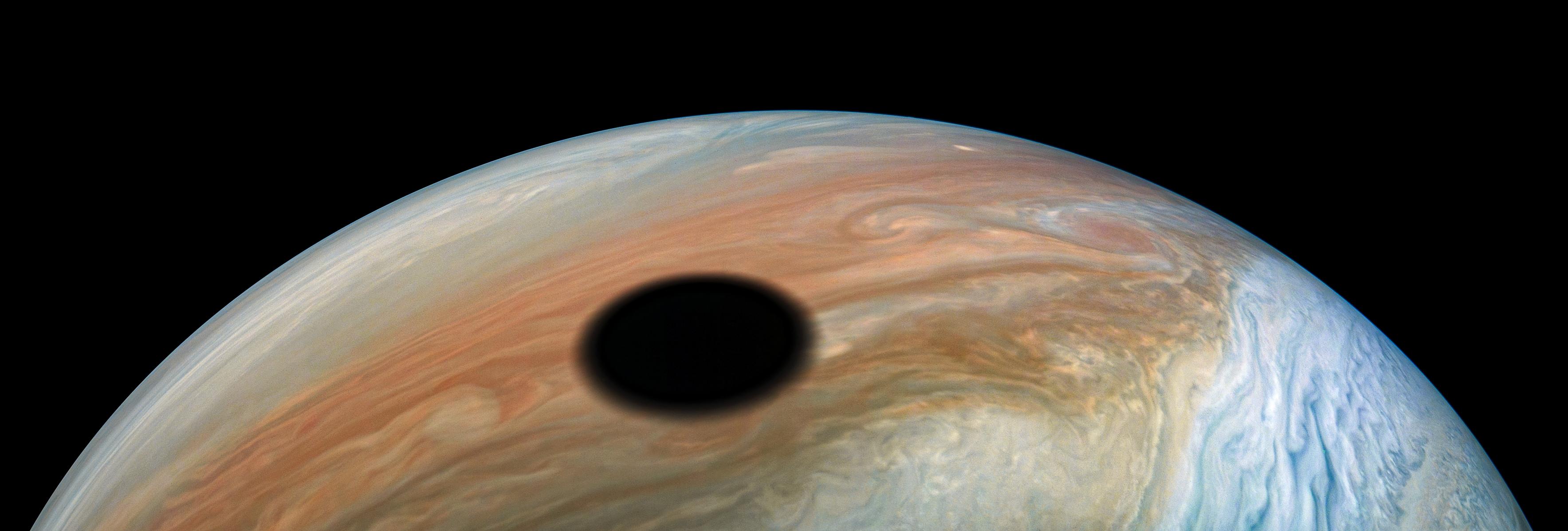

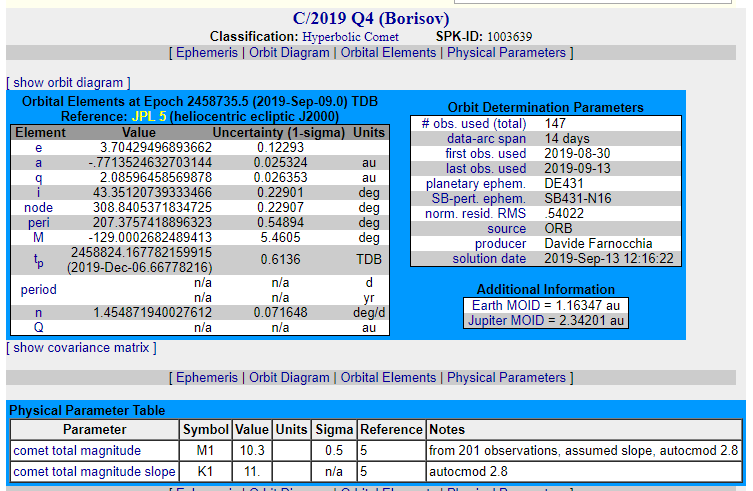
les Observations TESS 1 an, 2 ans et 3 ans.
dans Astronomie générale
Posté(e)
les Observations TESS => https://tess.mit.edu/observations/
1 an les secteurs 1 à 13
2 ans les secteurs 14 à 26
3 ans les secteurs 27 à 39